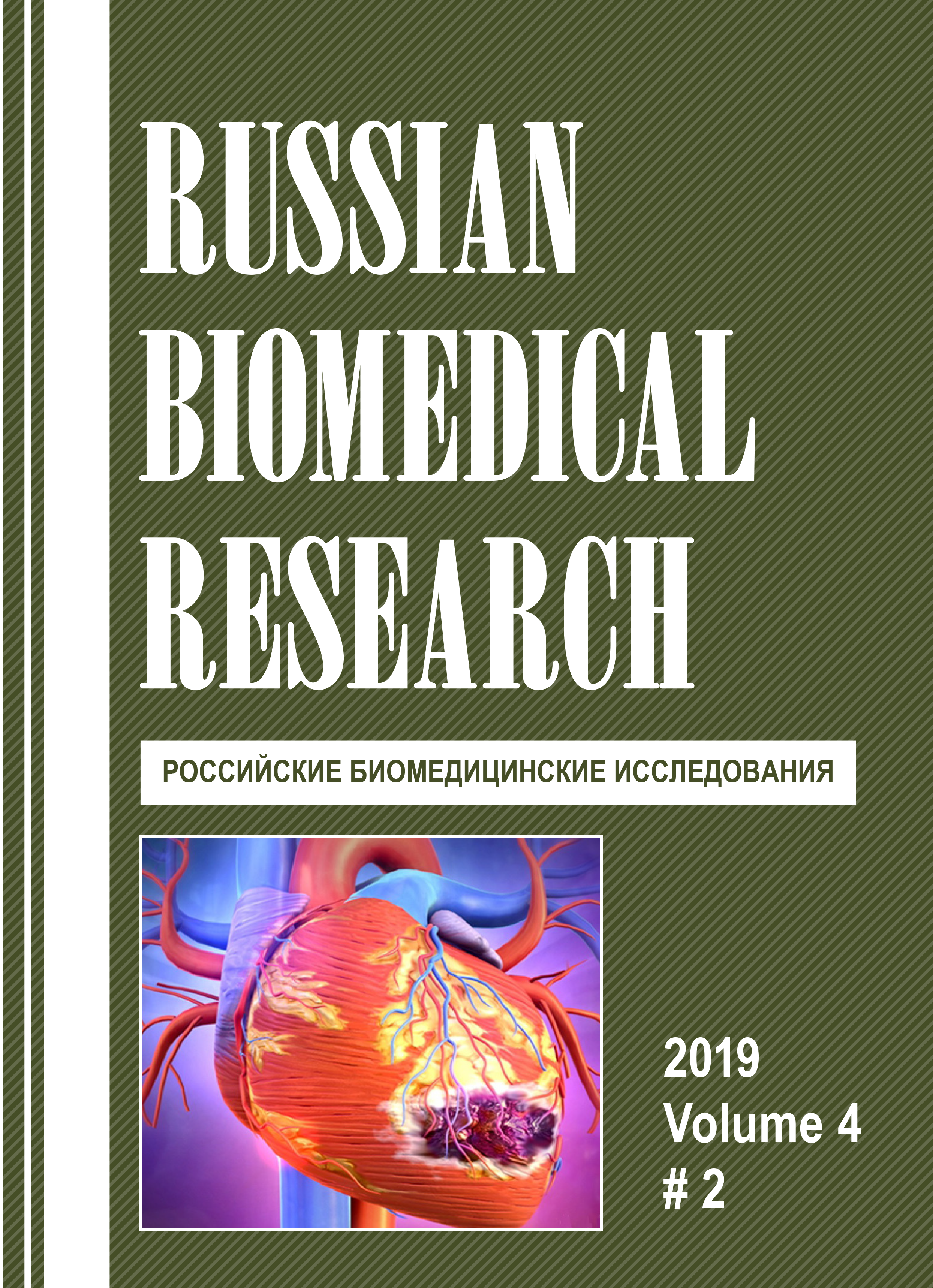COMPARATIVE ASSESSMENT OF THE EFFECT OF MESENCHYMAL STEM CELLS AND GROWTH FACTORS ON ANGIOGENESIS AND THE PUMPING FUNCTION OF THE HEART IN RATS AFTER A MYOCARDIAL INFARCTION
Abstract
In the last decade, the attention of different scientists across the globe was drawn to the possibility of using endogenous or exogenous pools of multipotent mesenchymal stem cells (MMSC). The use of Wistar-Coyote rats (inbred strains) to demonstrate the efficiency of multipotent mesenchymal stem cells that are able to differentiate into cardiomyocytes has been well established. Additionally, the role of granulocyte colony stimulating factor during myocardial infraction has been well documented in the scientific literature. A hybridization reaction with the Y-chromosome proved that the cell transplant is found in zones of ischemia, i.e. the “homing” effect. It has been demonstrated that the main effect of MMSC transplantation is neovascularization, which leads to a significant reduction to the area of myocardium damage following a myocardial infraction restoring areas of hibernated myocardium. The efficiency of angiogenesis is confirmed by the increase in the number of vessels in the ischemic zone, a rise in the concentration of nitric oxide, vascular endothelial growth factor, fibroblast growth factor and decreased levels of endothelin 1. The mechanisms described above of ‘cellular cardiomyoplasty’ results in the reestablishment of cardiomyocyte functionality and an improved cardiac morphology



